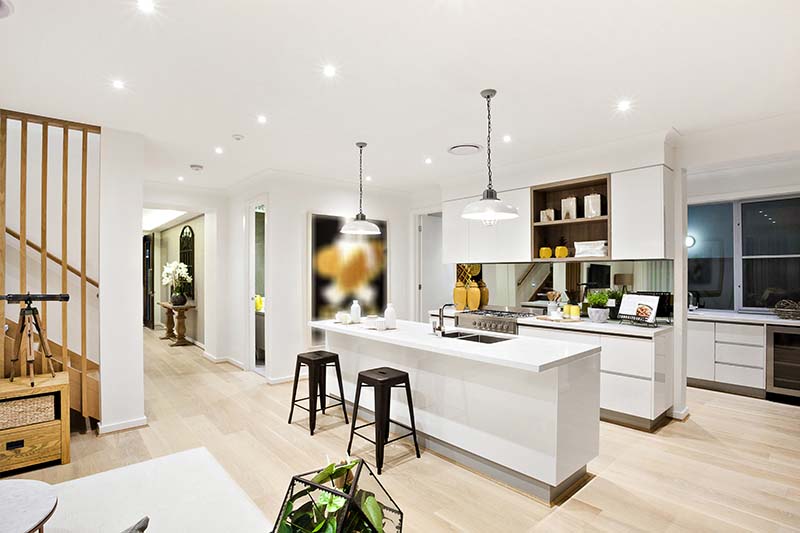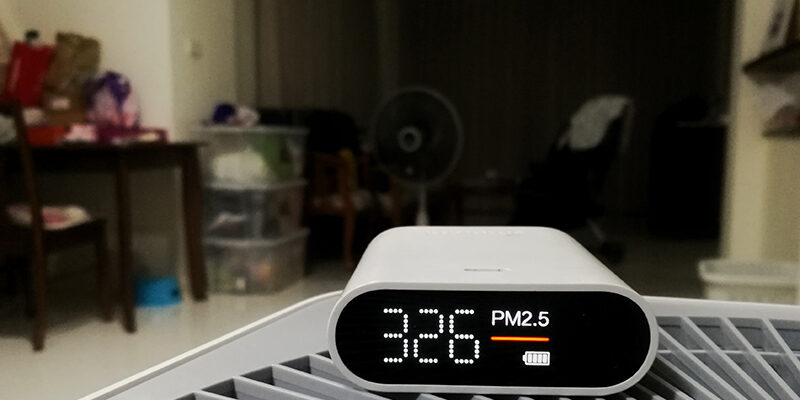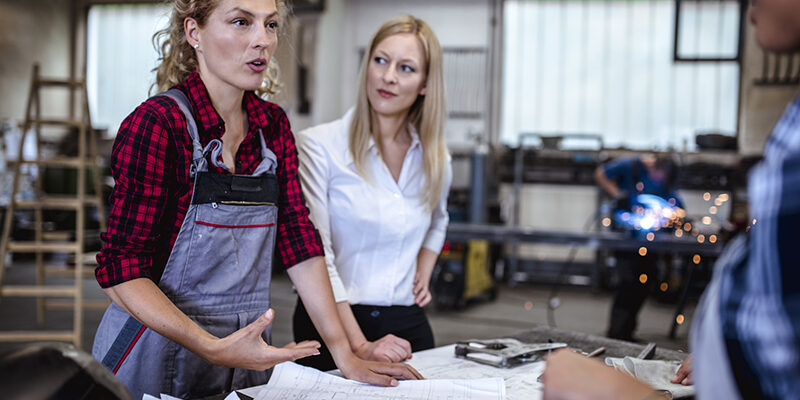Tackling LVT and LVP

By Stan Hulin
Luxury vinyl tile or plank (LVT/LVP) is a dominate force in the flooring arena today. It is popular both in the commercial market and the residential market. Because this classification constitutes about half of all resilient floors sold, the floor cleaning technician will undoubtedly encounter it. As its popularity has grown over the years, the earlier installations are now coming of age and may be showing some wear.
There is no doubt that the construction of LVT makes it a durable product. This heterogeneous vinyl product consists of variations of backing, core, printed film, vinyl wear layer, and in some cases, a polyurethane coating for added protection. With this amount of protection, one would think it was basically indestructible. Unfortunately, everything on the planet has its limitations and will succumb to the effects of abrasion.
About LVT and LVP
LVT/LVP appears to be the product of choice in the resilient category because of its properties and characteristics. The printed film characteristic allows the product to give the appearance of another surface such as wood or stone, while the properties of the vinyl wear layer protect the surface from water and abrasion. However, the combination of water, abrasives, and traffic will ultimately impact the surface.
Maintaining LVT/LVP is generally an easy undertaking if you follow the manufacturer’s recommended maintenance methods. One of the biggest challenges today is due to COVID-19 and the use of disinfectants. If improper mopping techniques are used and the floors not rinsed properly, there is the potential to leave residue on the floor, causing it to become sticky or tacky.
Because technicians usually do not perform daily/routine janitorial procedures, it is out of their control. However, they may inherit the consequences. Usually tacky floor syndrome can be resolved by the janitorial company, but it is not unusual for a floor cleaning company to be called in to resolve the problem.
Relearning hard floor care
Periodic floor maintenance services center on scrubbing and rinsing the floor. Most floor cleaning technicians have been performing this service their entire careers, so it is really nothing new. The challenge is that most technicians have learned traditional floor maintenance on vinyl composition tile (VCT), which relied heavily on various alkaline cleaning and stripping chemicals and abrasive pads. Because VCT requires floor finish, maintaining it is about continually cleaning, removing, and applying finish, which can be quite different from maintaining LVT/LVP.
LVT/LVP generally has no finish on it; therefore, there is no need to perform the traditional scrub and recoat or the strip and refinish procedures. Instead, most manufacturers recommend periodic scrubbing with little more than a solution of neutral cleaner and a red pad or soft nylon brush, followed by rinsing with clean water. Traditional scrubbing relies on abrading the floor finish to remove embedded and, in some cases, encapsulated dirt and then applying floor finish. LVT/LVP scrubbing relies on using a combination of water temperature, chemical concentration, contact time, and mild agitation to lift the dirt off the surface for removal.
Improved cleaning techniques
All floors get dirty, it is a combination of dirt, gravity, moisture, and traffic conditions. The amount of dirt will be contingent on those conditions in addition to how long it is allowed to go without cleaning (frequecy). Light-traffic floors might just require a neutral cleaner solution scrub and rinse; however, stubborn or heavy soils may require more. Cleaning efficacy can be improved by altering one of these four components:
- Chemical concentration: Most manufacturers of LVT/LVP recommend using only neutral cleaners. To remove heavy soil, increasing the neutral cleaner in the solution (dilution ratio) may help to loosen the soil. Don’t increase it too much, though, because, at some point, it will just generate foam.
- Water temperature: Heat has a tendency to excite molecules, so when water temperature is hot, it helps to activate the cleaning solution. Increasing water temperature in the cleaning solution may improve the ability to lift the soil from the surface.
- Contact time: One of the best allies for cleaning is time. Let the cleaning solution do the heavy lifting. Water is the universal solvent, and when combined with cleaning chemicals and time, dirt and soil will lift off the floor.
- Agitation: In floor maintenance, agitation is usually accomplished with a mop (when mopping the floor) or mechanically with a floor machine and pad or brush. Most manufacturers do not recommend using anything more abrassive than a red pad, so it is important to allow the other three variables to do their jobs.
The key to maintaining LVT/LVP is to follow the manufacturer’s recommendations as precicely as possible. If soiling is heavy and persistent, contacting the manufacturer is beneficial. Every LVT/LVP manufacturer has a representative that is there to help. In fact, most would rather talk to you before something happens.
Stan Hulin has over four decades of hard floor maintenance, services, training, education, sales and marketing, and management experience with companies such as ABM, DuPont, and milliCare. He is president and CEO of Future Floor Technology Inc. and the League of Hard Flooring Professionals. He can be reached at [email protected].












